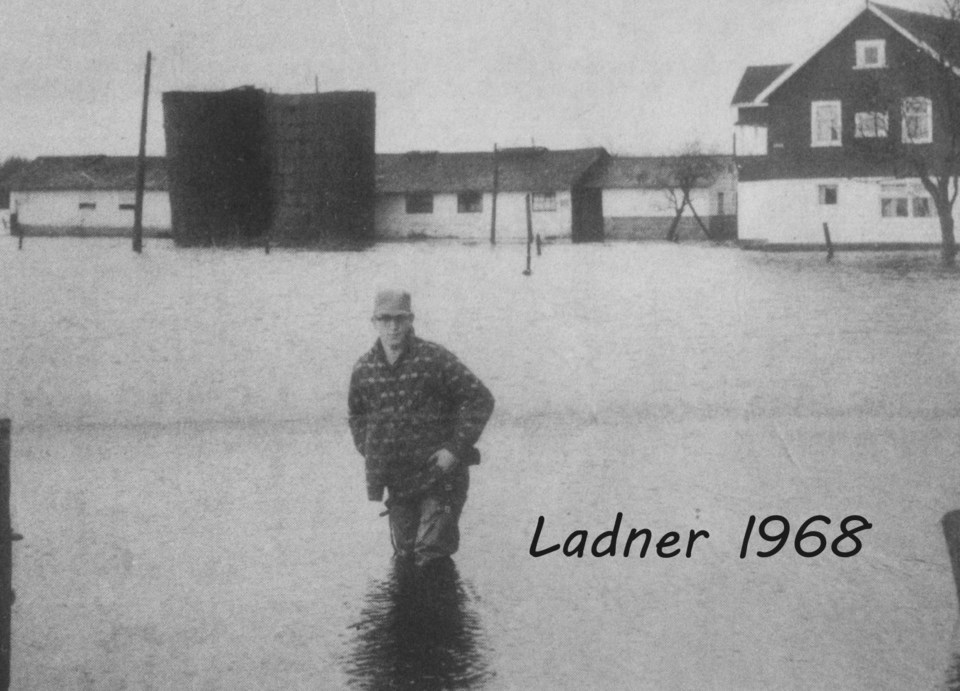Hoping to avoid a potential catastrophe, the city has always been prone to extensive flooding and had quite a few flood events in its history.
The biggest on record for Delta occurred in 1894 and affected the southern half of British Columbia.
Because development was sparse at that time, the big flood didn’t cause extensive damage.
However, it was a different case during the major flood in 1948, when the dikes failed.
Ten people died in that incident incident and 2,000 homes were destroyed, while 16,000 residents were evacuated.
According to the Fraser Basin Council, the lower Fraser River floodplain now has over 350,000 people estimated living in the high hazard areas.
The report notes that in more recent years, there have been "close calls" with flooding of unprotected lowlands along the river and coastline.
According to a report last year by the City of Delta's engineering department, the city currently has $6.5 billion in private property and public infrastructure protected by Delta’s diking infrastructure, while the estimated damage by a major dike breach is anywhere from $1 billion-to-$3 billion.The report also notes that about 53 per cent of Delta’s land mass is vulnerable to flooding.
The Fraser Basin Council recommends establishing a long-term funding program to support implementation of the Lower Mainland Flood Management Strategy, with senior level government financial support clearly needed.
Meanwhile, Delta and other communities are now waiting for the B.C. government’s draft of the British Columbia Flood Strategy.
According to the government's Intentions Paper on the strategy, due to climate change, river flooding is expected to be at least 10-to-20 per cent more frequent, while local floods from heavy downpours are expected to be 40 per cent more frequent, and that sea level rise of more than one metre is expected by the end of this century.
The report notes that the vast majority of dikes in the province no longer meet provincial standards, with one study estimating only five per cent of all dikes in the entire Lower Mainland meet current standards.




